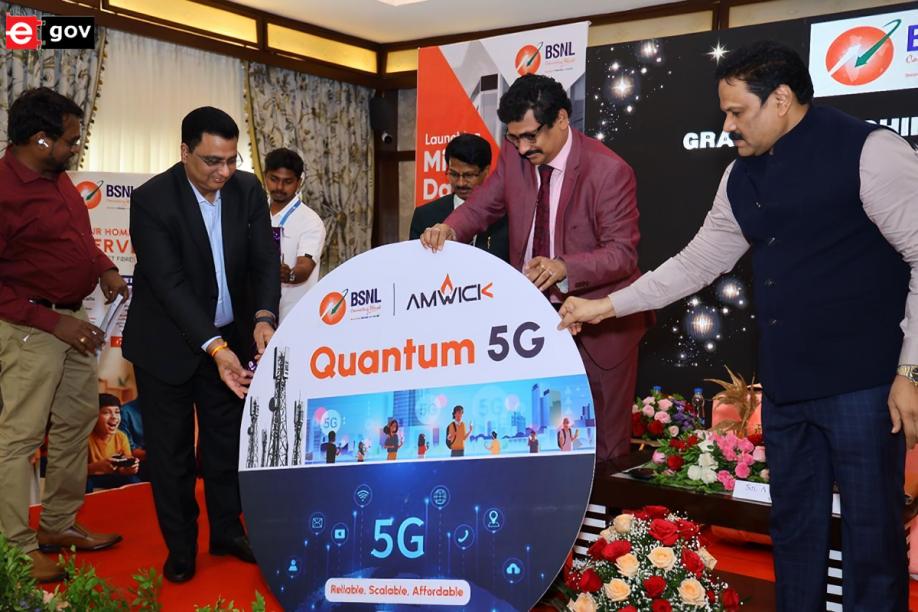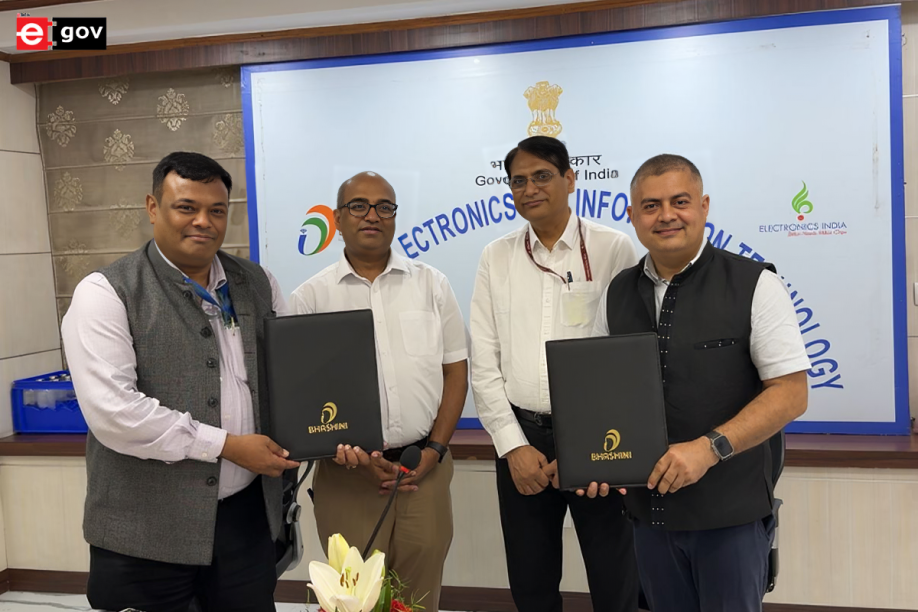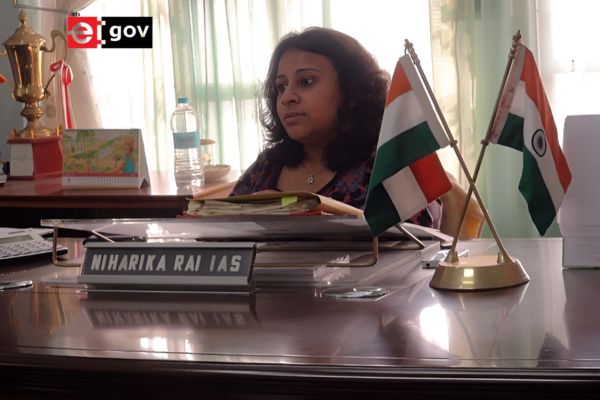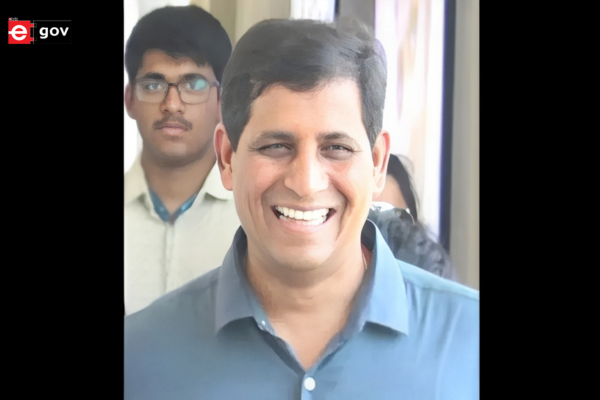 We don’t even have a nationwide plan for spatial data, let alone its usage.
We don’t even have a nationwide plan for spatial data, let alone its usage.
Time to hurry up
Geographic information system or the GIS platform that should run across all other development platforms—be it education, health and security or mega projects like Jawahar Nehru National Urban Renewal Mission, Mahatma Gandhi National Rural Employment Guarantee Act (MNREGA), Rajiv Arogyasri or the Unique Identification Number— still remains off India’s and NeGP’s radar.

In fact, it’s strange that India is yet to even draft a policy on creating a national spatial data (NSD) platform, not to talk about its usage. And while government agencies have the option of seeking help from the Survey of India for their topo-sheets, they need to get in touch with the nearest Regional Remote Sensing Services Centres (RRSSC) of ISRO or with NRSA, also a division of ISRO for more complex analysis and cases where geo-referenced data (data with latitude longitude information) is required.

So what can India do on this front?

The government can set up a National Spatial Data Infrastructure (NSDI) to support public and private applications of geospatial data—from agriculture, health and transportation, to emergency response and public safety. For example, on the critical issues of land acquisition, the GIS infrastructure can help the state’s land management initiatives, including collecting and indexing digital geographic information like cadastral, terrain, environmental datasets, as well as information on ownership and land use.

The collected datasets can be fed into the spatial data warehouse of the respective state land commission that can help states take more informed land planning and management decisions—from land suitability assessment to management of land reserves, development of commercial and residential hubs.
In fact, an integrated GIS platform along with common spatial data model and metadata development can further improve the quality of land use data, a critical input when it comes to determining the compensation for citizens for acquisition of their land. Interestingly, the same data, particularly for rural areas, can be used to chalk out better agriculture policies and infrastructure to improve irrigation, roads, warehouses and agriculture markets or mandis. It can even serve as an input for the MNREGA or the Rajiv Arogyasri program.
Or, let us consider its use for the national census that collects humongous socio-cultural and demographic data. The use of GIS as a platform for undertaking the massive census exercise would mean much faster analysis of data, which in turn would ensure that respective government agencies would know how to spend money at the right place and at the right time, and the areas where they would need collaboration and investment from the private sector.
Further, the policies, plans, spending or quality of citizen service can be presented as dots on the maps that can be made public to allow citizens to actually give feedback or even register their protests, a concept that would actually lead to a real-time evaluation of all government projects. The GIS-based public scrutiny and feedback mechanism would also make the various government agencies more accountable.
Be a part of Elets Collaborative Initiatives. Join Us for Upcoming Events and explore business opportunities. Like us on Facebook , connect with us on LinkedIn and follow us on Twitter, Instagram.
"Exciting news! Elets technomedia is now on WhatsApp Channels Subscribe today by clicking the link and stay updated with the latest insights!" Click here!













